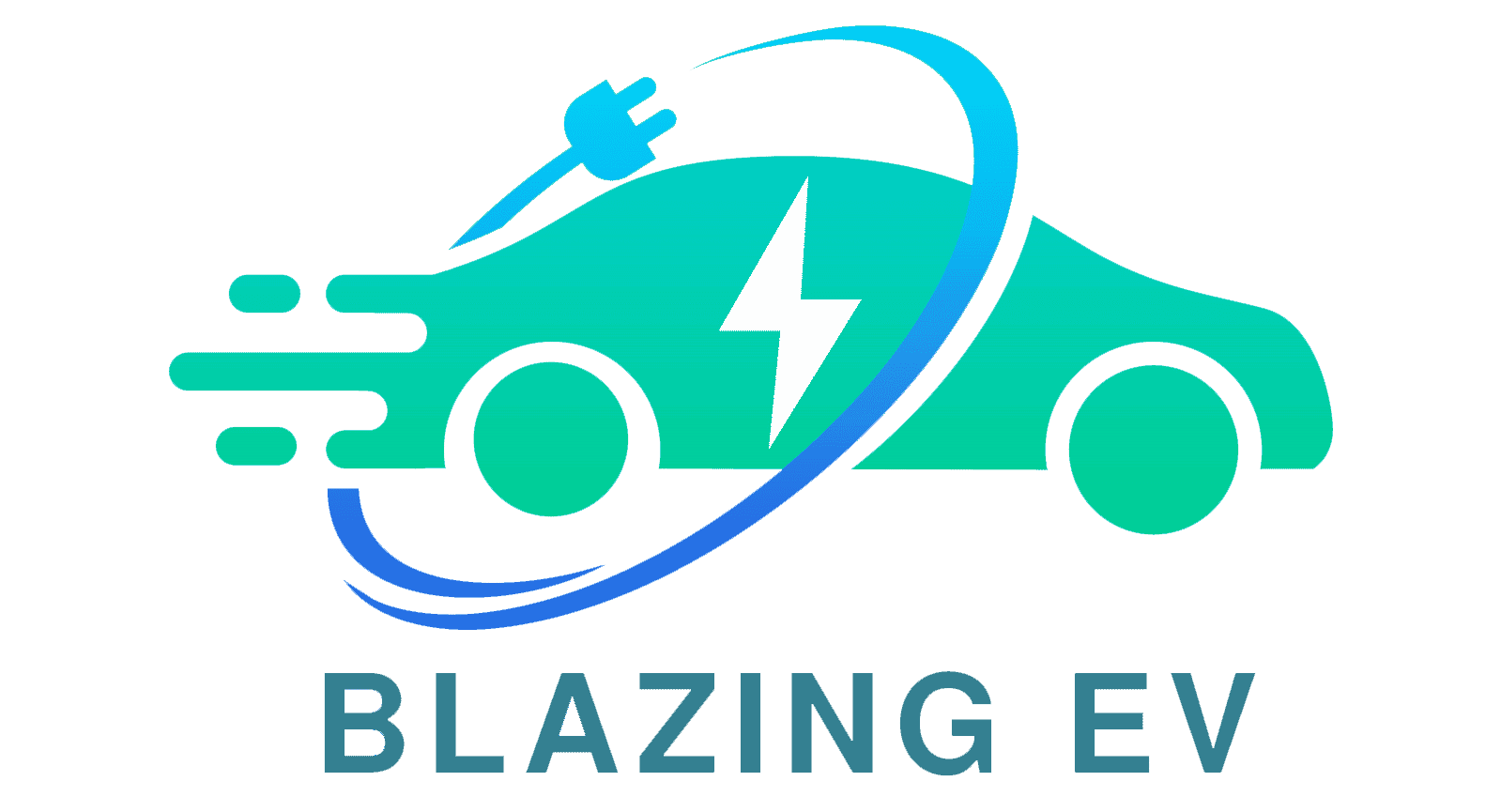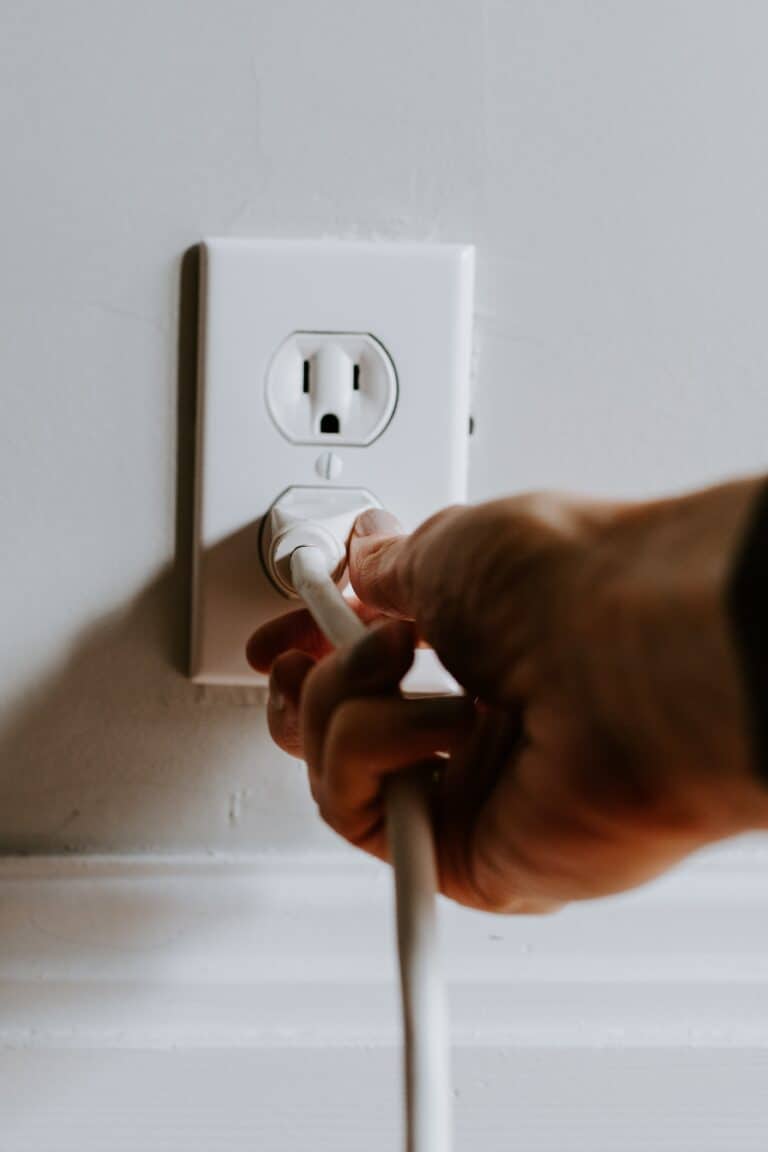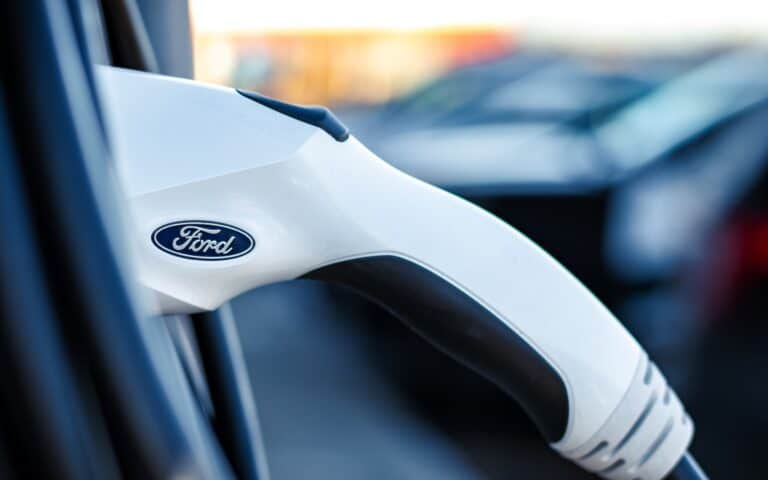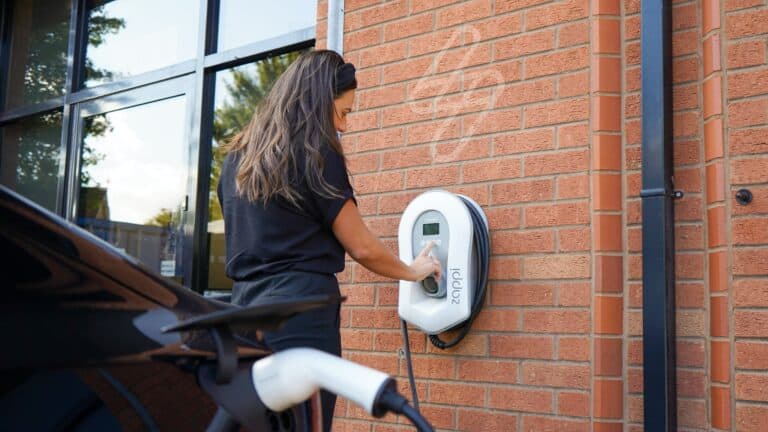Can you Jump start an EV?
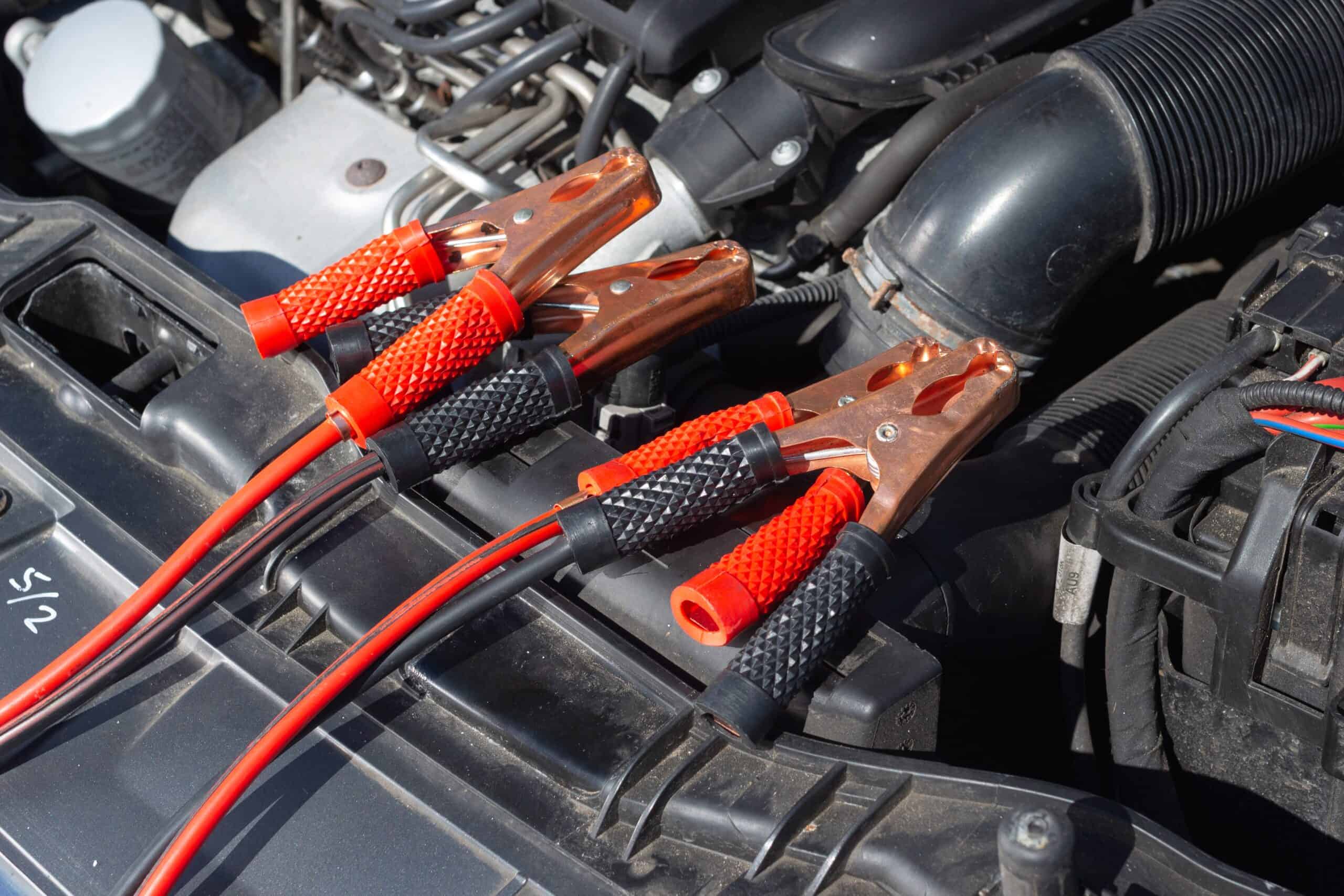
Imagine you’re on a road trip in your brand-new electric vehicle (EV). You’re cruising along, enjoying the smooth ride and the satisfaction of knowing you’re doing your part for the environment (or the regret of spending a small fortune!!!). Suddenly, your car starts to slow down, and you realize that your battery is dead. You’re stranded on the side of the road, miles away from the nearest charging station. You start to panic, wondering what you’re going to do. You may even have anxious children in the backseat repeatedly asking you the age-old questions: “why did we stop?” and “are we there yet?”
Many folks in this situation might think to jump-start their EV with traditional jumper cables or a jump-starting device designed for gasoline-powered cars. If it worked for the old Ford F-150 that your grandpa gave you, then why wouldn’t it do so for your new EV?
Well, not so fast!
This antiquated reasoning is faulty and can lead to a dangerous mistake. EVs have high-voltage batteries and electrical systems that require specialized handling, unlike that rusty F-150. Attempting to jump-start an EV with traditional methods can result in serious damage to the EV’s electrical components or even result in a potentially fatal, electric shock.
In this article, we will explore the topic of jump-starting EVs in more detail and explain why it is not recommended. We’ll also discuss what steps to take instead in the event of a dead battery and the potential risks involved. By the end, we hope you will understand why jump-starting an EV is not a good option and what you should consider doing if you find yourself in this hopefully uncommon situation.
Voltage Concerns
Ok, let’s get started. The primary reason for the dangers associated with attempting a jump start is that EVs are equipped with high-voltage batteries and electrical systems that operate at significantly higher voltages than traditional gasoline-powered cars. While conventional cars have electrical systems that typically function at 12 volts, EVs have batteries that can produce up to 800 volts to power the electric motor and other electrical components.
It is important to rely solely on trained professionals who are knowledgeable about the specific requirements of these high-voltage systems. Why? Because working with such systems necessitates the use of sophisticated tools, equipment, and training to guarantee safe and appropriate work. EV batteries and electrical systems can be exceedingly sensitive to changes in voltage, temperature, and other environmental factors. For example, an EV’s battery can be affected by extreme heat or cold, which can impact its lifespan and performance.
Battery Concerns
As it relates to EV batteries, EV’s have advanced management systems that help prevent the battery from fully discharging. Most EVs have a range of at least 100 miles on a single charge, and many have ranges of 200 miles or more. As a result, it’s unlikely that an EV driver would need to jump-start their vehicle under normal circumstances.
If an EV’s battery is dead or discharged, it is best to contact the vehicle manufacturer’s roadside assistance or a professional towing service for assistance. These services are equipped to handle EV’s and have the necessary equipment to safely transport your vehicle to a charging station or service center.
On a side note, if you find yourself stranded without cell service, you should remain calm and assess the situation. Depending on your location, you may be able to flag down a passing car or walk to a nearby town or gas station to find help. If walking is not an option or the weather conditions are extreme, we recommend staying with your vehicle and conserving energy. Try contacting emergency services using any available means, such as a satellite phone or a personal locator beacon if you have one.
In rare cases where an EV’s battery has been completely depleted and cannot be charged through normal means, some manufacturers may have procedures in place to allow the vehicle to be jump-started using select equipment or by a trained technician. These procedures should only be performed by professionals with the proper equipment and training.
Conclusion
In summary, attempting to jump-start an EV with traditional methods can be very dangerous and may cause serious damage to your vehicle. The high-voltage systems of an EV are much more complex than a traditional combustion engine vehicle.
As discussed, many EV’s have state of the art battery management systems that are specifically designed to protect the battery from overcharging and overheating. When a traditional jump-start is attempted, these battery management systems can become confused and malfunction, causing permanent damage to the battery. This can result in costly repairs or even require the battery to be replaced altogether.
We’ll leave you with this: in fairly recent years, there have been reported incidents of people attempting to jump-start their EV’s with traditional methods, resulting in explosions and irreparable damage. A man in California attempted to jump-start his Tesla Model S using a gasoline-powered car, causing a sudden explosion and fire. In another instance, a Nissan Leaf driver in the UK attempted to jump-start his vehicle using jumper cables and a traditional vehicle, which resulted in a malfunction in the vehicle’s battery management system. These two examples highlight the potential risks and damage that can occur when attempting to jump-start an EV with traditional methods.
